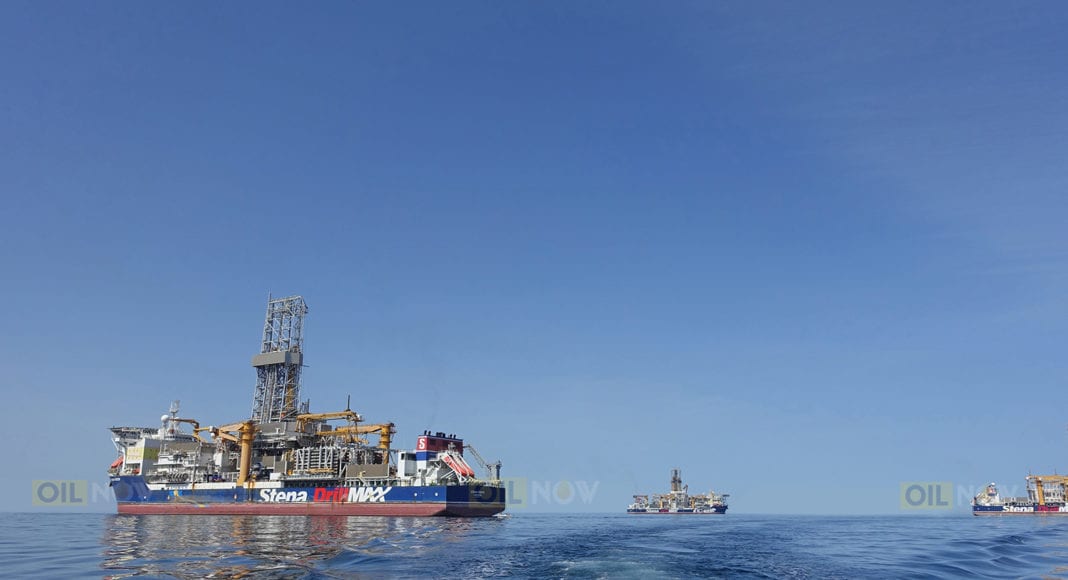Consultancy group Wood Mackenzie did a recent analysis on the relevance of future oil and gas exploration in a world where energy companies are being pressured to clean up their act and give way to the energy transition. Under these circumstances, analysts have long concluded that provinces capable of delivering low-cost, cleaner barrels such as Guyana and Suriname, are best positioned to maximise returns in the coming years.
“There is still a likelihood that oil and gas demand hold up for some years. In that case, we’ll want exploration to find new resource to offset the natural decline in production from existing fields,” says Simon Flowers, Chairman, Chief Analyst and author of The Edge at WoodMac.
He said the majors are spending a lot less on exploration. A decade ago, conventional exploration was central to portfolio renewal and growth. In 2011-2015, the Majors together spent an average of US$16 billion a year on exploration and appraisal. The collapse in oil prices in 2015 led to financial pressures and capital discipline that hit exploration hard. Spend shrank by two-thirds, dipping to just US$5 billion in the crisis of 2020.
“For the first time, we’re starting to see differing levels of commitment among the Majors. The energy transition is increasingly influencing investment, and strategies are diverging. Exploration is still core to ExxonMobil, Total and Eni. In contrast, BP has the most aggressive plans to decarbonise its business,” Flowers points out.
BP spent just 6% of its upstream budget on exploration in 2020 and may shrink it further. The company is an outlier in radically downsizing upstream, with exploration collateral damage. “It could be years away, but eventually others too will wind down upstream and with it, exploration,” he said.
In the meantime, majors such as ExxonMobil and Total have been doubling down on assets that promise to deliver lighter oil at lower breakevens. Exxon has had significant success in this regard at the Stabroek Block offshore Guyana where it has found over 9 billion barrels of oil equivalent (boe) since 2015 in partnership with co-venturers Hess and CNOOC. The company is already producing oil at the Liza Phase 1 Development with a second phase set to come onstream by early 2022 and a third development at the Payara field targeted for 2024. By 2025, production at Yellowtail is expected to commence, pushing output to over 800,000 bpd.
Guyana ranks first for total resources discovered since 2015, Suriname takes giant leap
In Suriname, Total and partner Apache have made 4 discoveries at Block 58 and are expected to deliver first oil by 2025. Rystad Energy estimates the discoveries made so far amount to around 1.4 billion boe and Morgan Stanley says the block could hold over 6.5 billion boe.
Suriname production expected to hit 650,000 bpd by 2030
WoodMac said exploration can still be very lucrative, even at US$50/bbl, particularly if concentrated on prospects that could be commercialised swiftly.
“There are also the game changers, reminders of what exploration can do, even for a Major,” Flowers said. “Equinor’s Johan Sverdrup (2010), Eni’s Zohr (2015), ExxonMobil’s multiple deepwater oil finds in Guyana (from 2015) and Total’s giant discoveries in Suriname (2019-2020) have quickly become the jewels in the crown of their upstream portfolios.”
The big attraction is deep water, home to most of the world’s accessible yet-to-find resource and the giant prospects with the potential to create material value.




